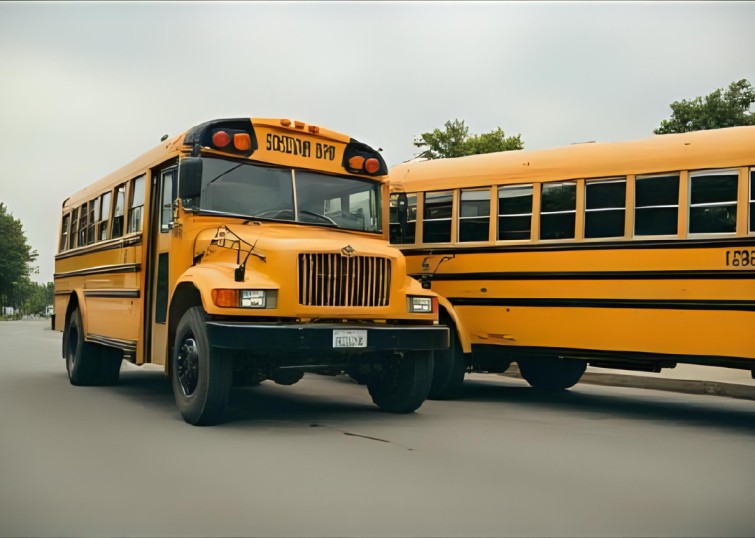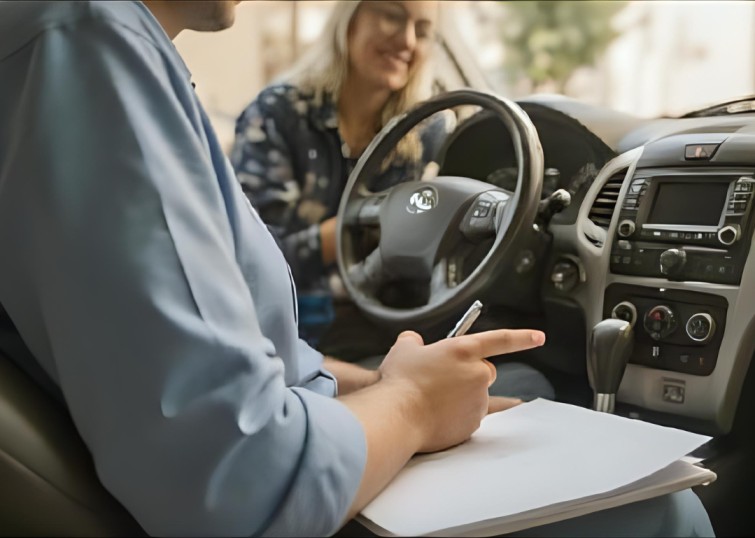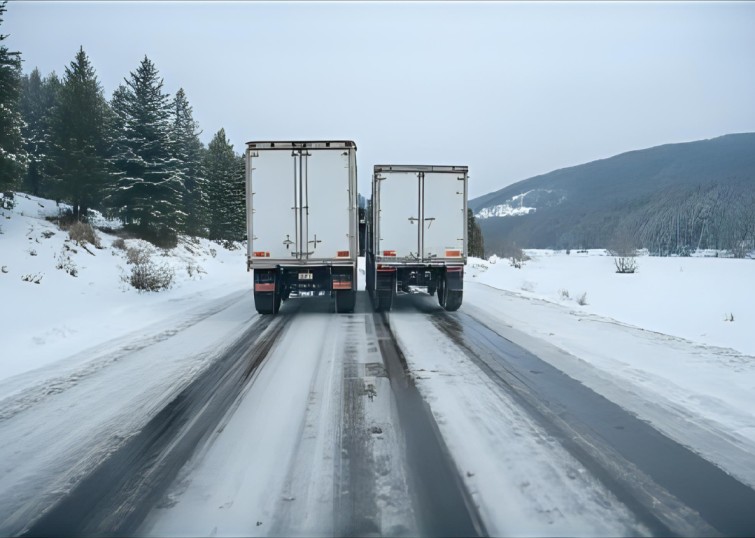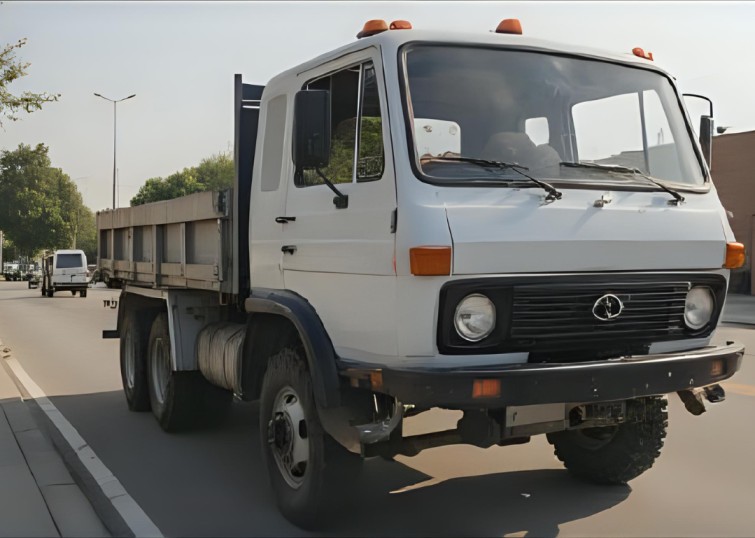TL;DR
If a truck accident involves a school bus, immediately call emergency services, ensure the safety of all children and adults, and secure the scene to prevent further harm. Notify parents and school officials, cooperate with police and investigators, and document everything thoroughly. Seek prompt medical attention for anyone involved, even if injuries seem minor. Finally, consult legal and insurance professionals to protect the rights of all parties and ensure compliance with local, state, and federal laws.
Key Highlights
- Call 911 and report the accident, specifying that a school bus and truck are involved.
- Prioritize the safety and evacuation of children and adults from the bus.
- Provide first aid if qualified and wait for emergency responders.
- Secure the accident scene to prevent additional accidents.
- Notify school officials and initiate parent communication protocols.
- Cooperate fully with law enforcement and accident investigators.
- Document the scene with photos, witness statements, and detailed notes.
- Seek medical evaluation for everyone involved, regardless of visible injuries.
- Contact insurance providers and legal counsel for guidance on next steps.
- Follow all federal and state regulations regarding school bus accidents.

School buses transport nearly 25 million children each day in the United States, making student safety a top priority for families and communities. Despite strict regulations and specialized driver training, collisions involving school buses and large trucks still occur. According to the National Highway Traffic Safety Administration (NHTSA), over 1,200 school transportation-related crashes happen annually, and while fatalities are rare, injuries and psychological trauma can be significant.
The intersection of commercial trucking and school transportation introduces unique risks. Trucks, due to their size and weight, can cause severe damage in a collision. Federal Motor Carrier Safety Administration (FMCSA) rules, combined with state-specific school bus safety laws, dictate strict procedures for handling such incidents. These protocols are designed to protect students, drivers, and the broader community, ensuring accountability and transparency.
When a crash involving a truck and a school bus occurs, immediate, coordinated action is essential. Responders must address medical needs, secure the scene, and manage communication with families and authorities. Failure to follow proper procedures can result in additional harm, legal complications, and public scrutiny. Understanding each step in this process empowers school staff, parents, and community leaders to respond confidently and effectively.
School bus involved? A truck accident lawyer can guide your next steps.
Immediate Actions at the Scene
Ensuring Safety and Securing the Area
The first minutes after a truck-school bus collision are critical. Prioritize these steps:
- Move to Safety: If possible and safe, evacuate children and adults from the bus, moving them away from traffic and potential hazards. Avoid moving anyone with visible injuries unless there’s immediate danger (e.g., fire, leaking fuel).
- Call for Help: Dial 911 immediately, stating clearly that a school bus and truck are involved. Emergency dispatchers will send police, fire, and medical teams.
- Traffic Control: Use hazard lights, cones, or flares if available to alert oncoming drivers and prevent secondary accidents.
- Account for Everyone: Conduct a headcount using the bus roster. Ensure all students and adults are present and accounted for.
Providing First Aid and Comfort
- First Aid: If trained, administer basic first aid until professionals arrive. Prioritize life-threatening injuries (bleeding, breathing difficulties).
- Emotional Support: Children may be frightened or in shock. Calmly reassure them, keep them together, and avoid sharing distressing information.
Preventing Further Harm
- Stay Clear of Danger: Keep everyone away from the vehicles if there is a risk of fire, hazardous materials, or unstable cargo.
- Do Not Move Vehicles: Unless instructed by authorities, leave vehicles in place for investigators.
Case Example: In 2022, a Texas school bus carrying 40 students collided with a semi-truck. The driver quickly evacuated the children, moving them to a nearby field, which prevented additional injuries when a fuel leak was detected.
Coordinating with Emergency Responders and School Officials
Working with First Responders
- Provide Information: Share the number of students, ages, any known medical needs, and details about the crash.
- Follow Instructions: Cooperate with police, firefighters, and paramedics. They may need to triage injuries or secure hazardous materials.
- Preserve the Scene: Do not disturb evidence unless necessary for safety.
School District Protocols
- Immediate Notification: Contact the school district transportation office or designated emergency contact. Most districts have a crisis response plan for bus accidents.
- Parent Communication: The school will initiate its emergency notification system to inform parents and guardians. Accurate, timely communication prevents panic and misinformation.
Media and Public Communication
- Designate a Spokesperson: Only authorized personnel should speak to the media. This ensures accurate, consistent messaging and protects student privacy.
- Limit Social Media Sharing: Discourage students and bystanders from posting photos or details online until families are notified.
Expert Insight: According to the National Association for Pupil Transportation (NAPT), clear communication protocols reduce confusion and help families reunite quickly after an incident.
Documentation and Evidence Collection
Why Documentation Matters
Thorough documentation protects everyone involved and supports investigations by law enforcement, insurance companies, and legal representatives.
What to Document
- Photographs: Capture vehicle positions, damage, road conditions, license plates, and any relevant signage or signals.
- Witness Statements: Collect names and contact information from students, drivers, and bystanders. Ask witnesses to describe what they saw.
- Written Notes: Record the sequence of events, time of the crash, weather conditions, and any unusual factors (e.g., mechanical issues, distracted driving).
- Official Reports: Obtain copies of police, fire, and medical reports for school and insurance records.
Special Considerations
- Student Privacy: Follow FERPA (Family Educational Rights and Privacy Act) guidelines when handling student information.
- Chain of Custody: Secure evidence (e.g., dashcam footage, driver logs) to ensure its integrity for future investigations.
Case Study: A 2019 collision in Illinois involved a school bus and a delivery truck. Investigators relied on dashcam footage and student rosters to clarify fault, leading to a settlement that covered all medical expenses.
Medical Evaluation and Support for Students and Staff
Immediate and Delayed Medical Assessments
- On-Site Triage: Paramedics will assess everyone at the scene, but some injuries (like concussions or internal trauma) may not appear right away.
- Hospital Evaluation: Encourage all students and staff to undergo medical checks, even if they feel fine initially.
- Follow-Up Care: Monitor for delayed symptoms such as headaches, dizziness, or behavioral changes in the days following the accident.
Psychological Support
- Counseling Services: Arrange for school counselors or mental health professionals to meet with students and staff. Trauma can affect children differently, and early intervention helps recovery.
- Parent Guidance: Provide resources to help families watch for signs of emotional distress at home.
Accommodations for Recovery
- Academic Adjustments: Allow time off or modified assignments for those recovering from injuries.
- Transportation Alternatives: Arrange substitute bus routes if the regular bus is out of service.
Statistical Note: The American Academy of Pediatrics reports that up to 30% of children involved in school bus accidents may experience stress-related symptoms, even if physically unharmed.
Legal, Insurance, and Regulatory Obligations
Reporting Requirements
- Police Reports: Law enforcement must file an official accident report. Schools and bus companies should request a copy for their records.
- State and Federal Notifications: Some states require immediate reporting to the Department of Education or Department of Transportation, especially if injuries or fatalities occur.
- Commercial Trucking Regulations: The FMCSA mandates that truck companies report serious accidents within 24 hours.
Insurance Claims
- Notifying Insurers: Contact both the school district’s and trucking company’s insurance providers promptly.
- Documenting Damages: Submit all collected evidence, medical reports, and repair estimates.
- Coordinating Coverage: Address questions of liability, especially if the cause of the crash is disputed.
Legal Representation
- Consulting Attorneys: Both the school district and families may seek legal counsel. Attorneys specializing in transportation or personal injury law can advise on rights and responsibilities.
- Litigation Risks: Serious crashes may lead to lawsuits. Proper documentation and adherence to protocols protect against liability.
Regulatory Compliance
- Driver Qualifications: Verify that both drivers held valid licenses and met training requirements.
- Vehicle Inspections: Investigators will check maintenance logs and safety inspection records for both vehicles.
- Drug and Alcohol Testing: Federal law requires immediate testing of commercial drivers involved in serious crashes.
Expert Commentary: A 2021 review by the Insurance Institute for Highway Safety found that prompt, thorough reporting speeds up claim resolution and reduces the risk of legal disputes.
Preventing Future Accidents and Enhancing Safety
Reviewing the Incident
- Internal Investigation: School districts and trucking companies should conduct a post-incident review, identifying factors that contributed to the crash.
- Safety Audits: Examine driver training, vehicle maintenance, and route planning for potential improvements.
Implementing Changes
- Driver Retraining: Offer refresher courses on defensive driving and emergency procedures.
- Technology Upgrades: Install or upgrade cameras, GPS tracking, and collision avoidance systems on buses and trucks.
- Policy Updates: Revise protocols for communication, evacuation, and parental notification as needed.
Community Education
- Parent and Student Training: Teach children how to respond in emergencies and reinforce safe bus behavior.
- Public Awareness Campaigns: Work with local law enforcement to promote safe driving near school buses and trucks.
Collaborating with Authorities
- Joint Safety Initiatives: Partner with the Department of Transportation, police, and community organizations to improve road safety.
- Data Sharing: Report incident data to state and federal agencies to inform broader safety efforts.
Real-World Example: Following a 2018 multi-vehicle crash in Ohio, the school district implemented new GPS tracking on all buses, reducing response times in later emergencies.
After a truck and school bus crash, speak to a truck accident lawyer ASAP.
Conclusion
Truck accidents involving school buses demand swift, coordinated action to protect students, staff, and the community. From the first moments at the scene to long-term recovery and prevention efforts, each step matters. Prioritizing safety, clear communication, and thorough documentation ensures that everyone receives the care and support they need. Legal and regulatory compliance shields schools and families from further harm, while ongoing safety improvements reduce the risk of future incidents.
If you are a school administrator, bus driver, or parent, make sure you know your district’s emergency procedures and keep contact information up to date. If you are involved in or witness such an accident, act quickly and decisively, lives and futures depend on it. For more detailed guidance or to update your school’s crisis response plan, connect with transportation safety experts or legal professionals specializing in school and commercial vehicle incidents. Your preparation and vigilance make all the difference when seconds count. Contact us for a free consultation today to get started on your path to recovery and justice.



